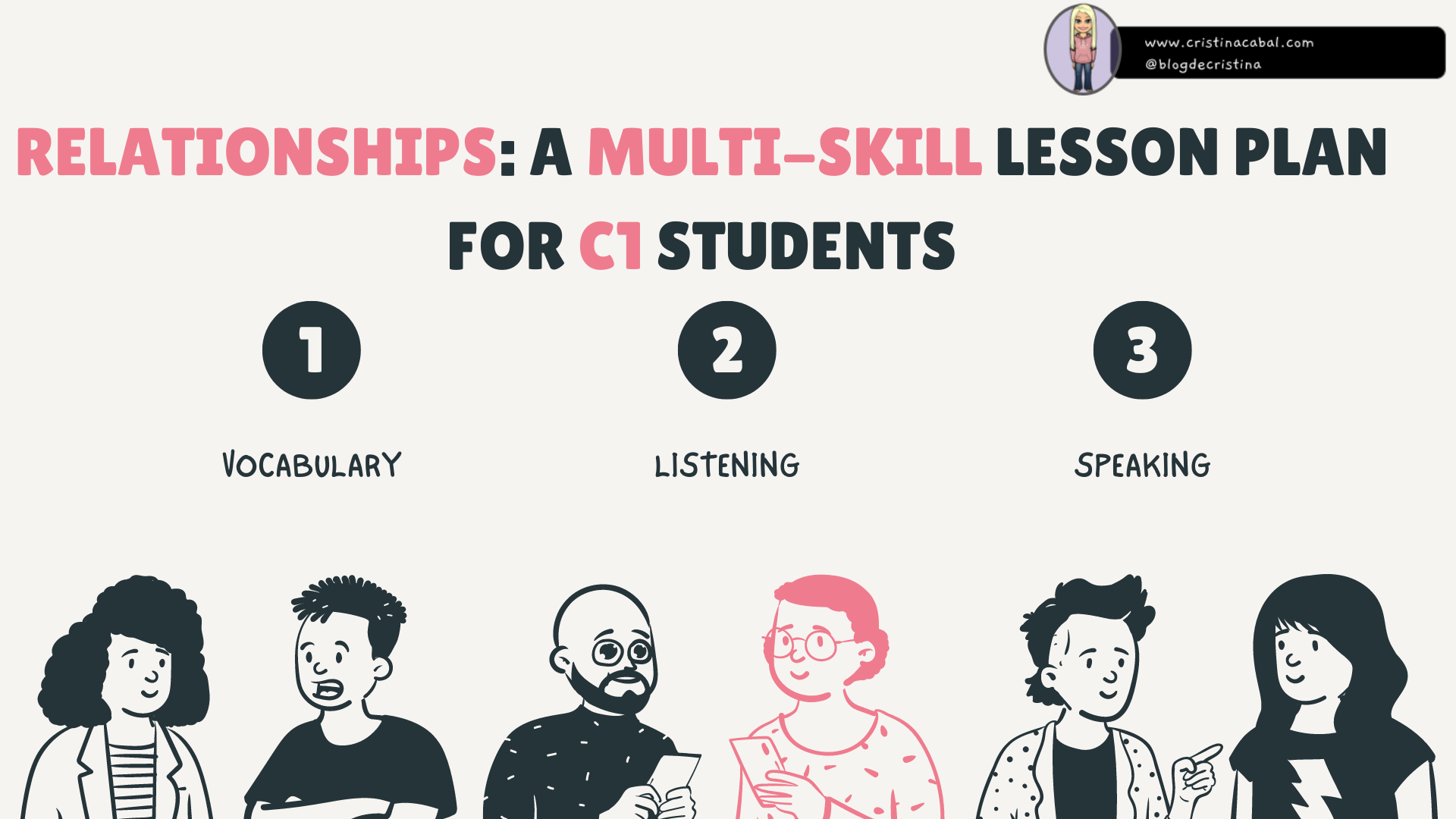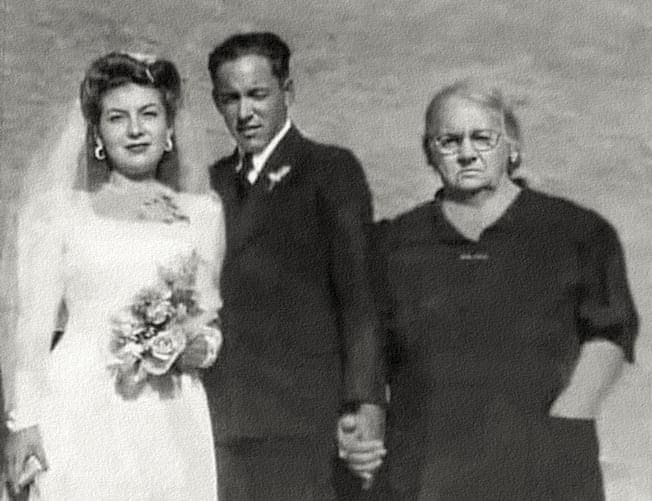I find it really hard to stick to the textbook every time the lesson is about Relationships. With any other lessons, about any other topics, it might be easier to be content with following the dictates of the textbook. But I think Relationships, and all sorts of ideas spring up. Not all of them are good, to be honest. But these, I have tried and tested in class. They work.

This lesson is divided into two chunks:
- The first part is dedicated to revising, reinforcing, and introducing new vocabulary.
- The second part is dedicated to honing students’ listening and speaking skills using different visual inputs: images, audio, video, and cards.
VOCABULARY
GUESSING THE TOPIC WITH A FRIENDLIER VERSION OF THE GAME HANGMAN
Students will need to guess what topic we will cover in class next, But…. There are rules to follow:
- The class is divided into 2 teams. Each team names a spokesperson.
- Let’s say Team 1 starts. Now, to get the chance to say a letter to solve the puzzle, they’ll have to answer a content review question. For example: “what preposition collocates with the verb “depend”?”. After a quick discussion with the members of their group, the spokesperson will give an answer. If correct, they can suggest a letter. Whether it is a correct or incorrect guess, the turn will pass to Team B, who will get another content review question and the chance to guess a letter if the answer to the review question is correct.
- Important: Teams can’t try to solve the puzzle until half the letters have been guessed(i.e. if the word has 14 letters, 7 must have been guessed) and only the Team playing will have this chance.
- If they guess and fail, their turn will be skipped.
GAME: THE 15 SECONDS CROSSWORD GAME TO REVISE VOCABULARY
-
- Divide the class into 2 teams.
- Team A chooses a representative who chooses a number from the crossword puzzle, reads the description, and has 15 seconds to guess the answer with the help of their team.
- If they guess the answer, they can continue playing until
- they can’t guess the word,
- they run out of time (remember 15 seconds) or
- they guess three answers in a row.
If this happens, it is Team B’s turn.
- The winner is the team that solves the last clue.
In this case, the terms in the crossword were related to the “relationships”
NOTE: (click on the top right-hand corner to enlarge the crossword)
INTRODUCING NEW VOCABULARY: PEER TEACHING AND PARTNER DISCUSSION.
More Vocabulary here. Give students some individual time to read through the vocabulary, underlining any new terms.
- Building on the belief that ” to teach is to learn twice” (Whitman, 1998), ask students to get into groups of 4 and help each other with any vocabulary they haven’t been able to guess on their own.
- Whole class: ask students in Group 1 which vocabulary items are still unfamiliar to them. Ask the other groups in the class to volunteer an explanation if they know. If nobody in the class knows, clarify the meaning. Continue in the same fashion with all the groups until all the vocabulary has been clarified.
- Work on pronunciation and then test students by giving a definition and asking them to quickly give you the term.
SPEAKING and LISTENING
MARRIAGE
SPEAKING.
Display this picture and ask students to comment on this picture. Ask:
Who do you feel more sorry for? The bride, the groom, or the mother-in-law?

LISTENING. Why bother with marriage? Watch from 0:00- 0:34
Play the beginning of the video (0:00- 0:34) In pairs or small groups, comment on the following:
- What is the speaker’s view on marriage? Do you agree with his view?
- Are there more benefits or drawbacks to getting married in your country nowadays?
- What is the right age to get married in your country? And to have children?
FAMILIES: LISTENING and SPEAKING
-
- Write NUCLEAR FAMILY on the board and ask students to explain what type of family a nuclear family is and what other different family types they know. Write them on the board. Ideally, they will come up with stepfamilies (also called blended families), cohabitation, extended family, lone parenting, DINKS (I know, unlikely!) and some others.
- Time for listening. First Listening: Play the audio once and ask students to jot down the different types of families that are mentioned (stepfamilies. Cohabitation, DINKS, lone parenting and people living alone). Write them on the board. You will probably need to add People living alone. Second Listening: Note-taking. Form groups of 4 students and assign a different kind of family to each of them. Ask them to take notes, as their final task would be to retell the information they hear about their assigned family structure. NOTE: I have assigned cohabitation and DINKS to the same person.
- Follow-up: ask students in their groups to comment on the strengths and weaknesses of each type of family structure
Types of Families de cristina.cabal
PARENTS AND THEIR OFFSPRING: SPEAKING AND LISTENING
1. LYING. Play this video where children confess the biggest lie they have told their mums, in front of their mums. Ask students to confess theirs.
2. OVERPROTECTING PARENTS.
Ask these questions
- What is considered overprotective parenting?
- What can overparenting do to a child?
FAMILY TRACKING APPS. Display with the OHP this article from the BBC about family tracking apps and ask them to read the first 3 paragraphs. Ask students to talk about the advantages and drawbacks for both parents and children.
SPEAKING CARDS: FINDING THE MATCHING PAIR.
Put students into groups of 3 or 4. Give each group a set of cards and ask them to place them face upon the table. Student A begins by taking the beginning of the question (in blue) and finding the matching pair (in orange).
Student A has two minutes to express his/her opinion. Then, it is Student B’s turn.
Relationships. Conversation questions de cristina.cabal
I know, a long lesson. But, you know, it’s better to have too much than too little.